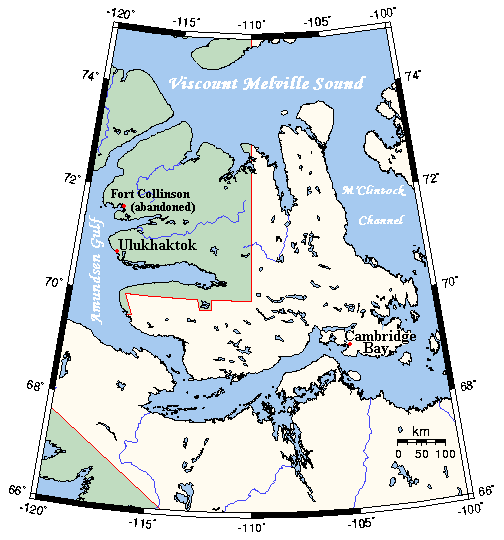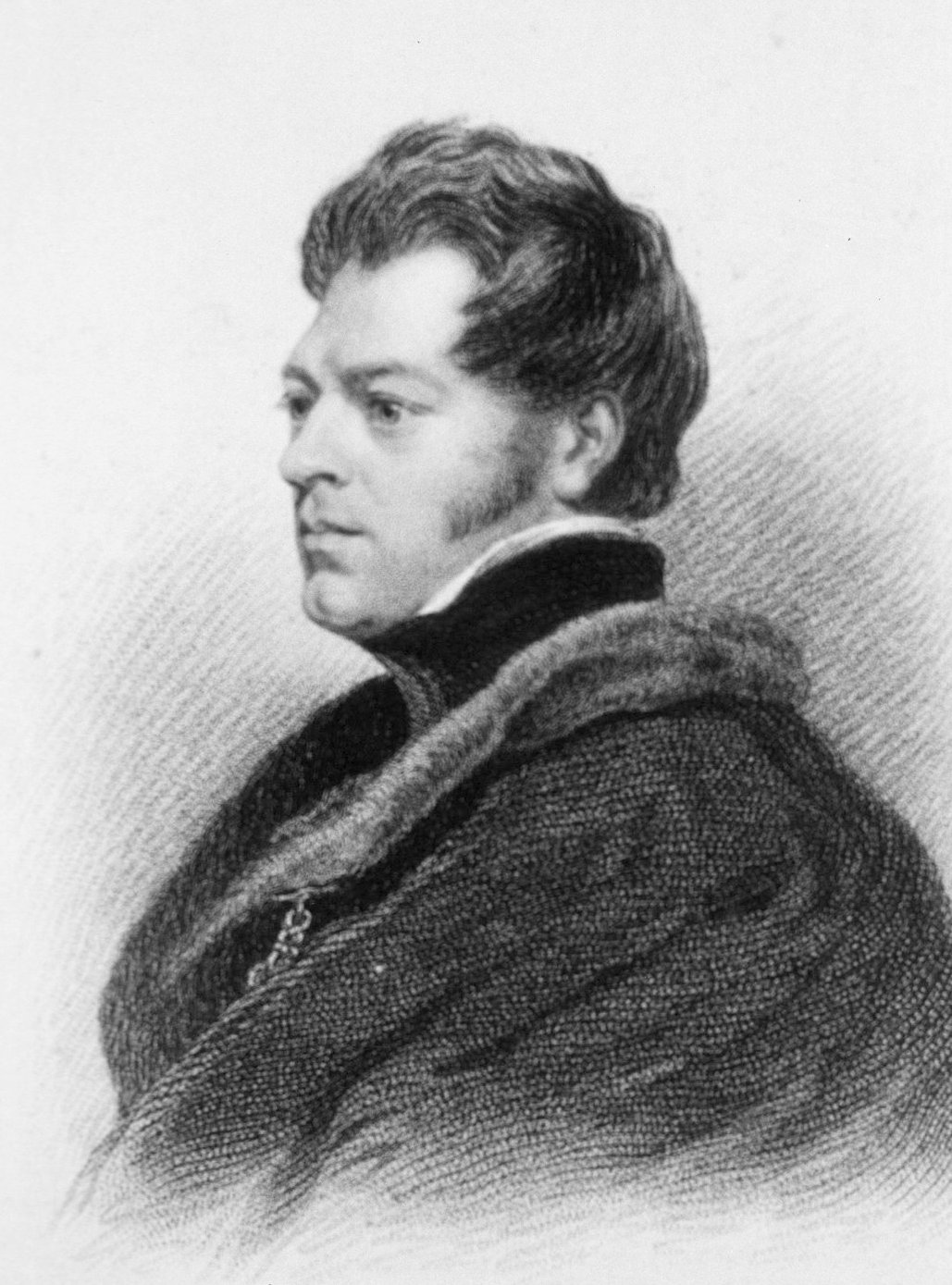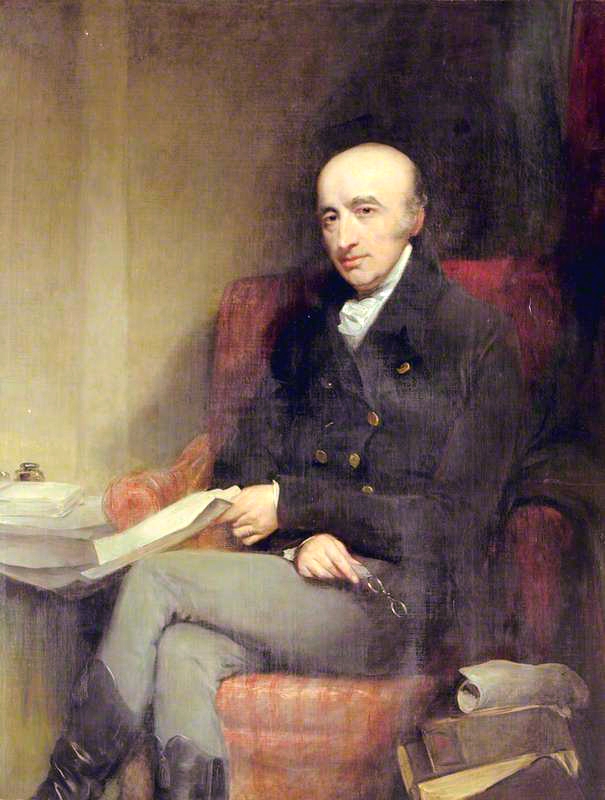|
Wollaston Peninsula
The Wollaston Peninsula (previously, Wollaston Land) is a west-pointing peninsula located on southwestern Victoria Island, Canada. It is bordered by Prince Albert Sound to the north, Amundsen Gulf to the west and Dolphin and Union Strait to the south. Most of the peninsula lies in Nunavut's Kitikmeot Region but a smaller portion lies within the Northwest Territories's Inuvik Region. The peninsula is long, and between wide. Its westernmost point is Cape Baring. In 1826, its south coast was seen by John Richardson and his surveyor Edward Nicholas Kendall, and was named Wollaston Land, in honour of the English chemist William Hyde Wollaston, who discovered the elements palladium and rhodium Rhodium is a chemical element with the symbol Rh and atomic number 45. It is a very rare, silvery-white, hard, corrosion-resistant transition metal. It is a noble metal and a member of the platinum group. It has only one naturally occurring i .... In 1851, John Rae went along most of i ... [...More Info...] [...Related Items...] OR: [Wikipedia] [Google] [Baidu] |
Victoria Island (Canada)
Victoria Island ( ikt, Kitlineq, italic=yes) is a large island in the Arctic Archipelago that straddles the boundary between Nunavut and the Northwest Territories of Canada. It is the eighth-largest island in the world, and at in area, it is Canada's second-largest island. It is nearly double the size of Newfoundland (), and is slightly larger than the island of Great Britain () but smaller than Honshu (). The western third of the island lies in the Inuvik Region of the Northwest Territories; the remainder is part of Nunavut's Kitikmeot Region. The island is named after Queen Victoria, the Canadian sovereign from 1867 to 1901 (though she first became Queen in 1837). The features bearing the name "Prince Albert" are named after her consort, Albert. History In 1826 John Richardson saw the southwest coast and called it " Wollaston Land". In 1839 Peter Warren Dease and Thomas Simpson followed its southeast coast and called it "Victoria Land". A map published by John Barro ... [...More Info...] [...Related Items...] OR: [Wikipedia] [Google] [Baidu] |
John Richardson (naturalist)
Sir John Richardson Royal Society of London, FRS FRSE (5 November 1787 – 5 June 1865) was a Scotland, Scottish naval surgeon, natural history, naturalist and Arctic explorer. Life Richardson was born at Nith Place in Dumfries the son of Gabriel Richardson, Provost of Dumfries, and his wife, Anne Mundell. He was educated at Dumfries Grammar School. He was then apprenticed to his maternal uncle, Dr James Mundell, a surgeon in Dumfries. He studied medicine at Edinburgh University, and became a surgeon in the navy in 1807. He traveled with John Franklin in search of the Northwest Passage on the Coppermine Expedition of 1819–1822. Richardson wrote the sections on geology, botany and ichthyology for the official account of the expedition. Franklin and Richardson returned to Canada in 1825 and went overland by fur trade routes to the mouth of the Mackenzie River. Franklin was to go as far west as possible and Richardson was to go east to the mouth of the Coppermine River. These ... [...More Info...] [...Related Items...] OR: [Wikipedia] [Google] [Baidu] |
Peninsulas Of The Northwest Territories
A peninsula (; ) is a landform that extends from a mainland and is surrounded by water on most, but not all of its borders. A peninsula is also sometimes defined as a piece of land bordered by water on three of its sides. Peninsulas exist on all continents. The size of a peninsula can range from tiny to very large. The largest peninsula in the world is the Arabian Peninsula. Peninsulas form due to a variety of causes. Etymology Peninsula derives , which is translated as 'peninsula'. itself was derived , or together, 'almost an island'. The word entered English in the 16th century. Definitions A peninsula is usually defined as a piece of land surrounded on most, but not all sides, but is sometimes instead defined as a piece of land bordered by water on three of its sides. A peninsula may be bordered by more than one body of water, and the body of water does not have to be an ocean or a sea. A piece of land on a very tight river bend or one between two rivers is sometimes s ... [...More Info...] [...Related Items...] OR: [Wikipedia] [Google] [Baidu] |
John Rae (explorer)
John Rae ( iu, ᐊᒡᓘᑲ, i=no, ; 30 September 1813 – 22 July 1893) was a Scottish surgeon who explored parts of northern Canada. Rae explored the Gulf of Boothia, northwest of the Hudson Bay, from 1846 to 1847, and the Arctic coast near Victoria Island from 1848 to 1851. In 1854, back in the Gulf of Boothia, he obtained credible information from local Inuit peoples about the fate of the Franklin Expedition, which had disappeared in the area in 1848. Rae was noted for his physical stamina, skill at hunting, boat handling, use of native methods, and ability to travel long distances with little equipment while living off the land. Early life Rae was born at the Hall of Clestrain in Orkney in the north of Scotland with family ties to Clan MacRae. After studying medicine in Edinburgh, he graduated with a degree from the University of Edinburgh and was licensed by the Royal College of Surgeons of Edinburgh. He went to work for the Hudson's Bay Company as a surgeon, accepti ... [...More Info...] [...Related Items...] OR: [Wikipedia] [Google] [Baidu] |
Rhodium
Rhodium is a chemical element with the symbol Rh and atomic number 45. It is a very rare, silvery-white, hard, corrosion-resistant transition metal. It is a noble metal and a member of the platinum group. It has only one naturally occurring isotope: 103Rh. Naturally occurring rhodium is usually found as a free metal or as an alloy with similar metals and rarely as a chemical compound in minerals such as bowieite and rhodplumsite. It is one of the rarest and most valuable precious metals. Rhodium is found in platinum or nickel ores with the other members of the platinum group metals. It was discovered in 1803 by William Hyde Wollaston in one such ore, and named for the rose color of one of its chlorine compounds. The element's major use (consuming about 80% of world rhodium production) is as one of the catalysts in the three-way catalytic converters in automobiles. Because rhodium metal is inert against corrosion and most aggressive chemicals, and because of its rarity, rhodium ... [...More Info...] [...Related Items...] OR: [Wikipedia] [Google] [Baidu] |
Palladium
Palladium is a chemical element with the symbol Pd and atomic number 46. It is a rare and lustrous silvery-white metal discovered in 1803 by the English chemist William Hyde Wollaston. He named it after the asteroid Pallas, which was itself named after the epithet of the Greek goddess Athena, acquired by her when she slew Pallas. Palladium, platinum, rhodium, ruthenium, iridium and osmium form a group of elements referred to as the platinum group metals (PGMs). They have similar chemical properties, but palladium has the lowest melting point and is the least dense of them. More than half the supply of palladium and its congener platinum is used in catalytic converters, which convert as much as 90% of the harmful gases in automobile exhaust (hydrocarbons, carbon monoxide, and nitrogen dioxide) into nontoxic substances (nitrogen, carbon dioxide and water vapor). Palladium is also used in electronics, dentistry, medicine, hydrogen purification, chemical applications, groundwate ... [...More Info...] [...Related Items...] OR: [Wikipedia] [Google] [Baidu] |
William Hyde Wollaston
William Hyde Wollaston (; 6 August 1766 – 22 December 1828) was an English chemist and physicist who is famous for discovering the chemical elements palladium and rhodium. He also developed a way to process platinum ore into malleable ingots.Melvyn C. UsselmanWilliam Hyde WollastonEncyclopædia Britannica, retrieved 31 March 2013 Life He was born in East Dereham in Norfolk, the son of the Francis Wollaston (1737–1815), a noted amateur astronomer, and his wife Althea Hyde. He was one of 17 children, but the family was financially well-off and he enjoyed an intellectually stimulating environment. He was educated privately (and remotely) at Charterhouse School from 1774 to 1778 then studied Sciences at Gonville and Caius College, Cambridge. In 1793 he obtained his doctorate (MD) in medicine from Cambridge University, and was a Fellow of his college from 1787 to 1828. He worked as a physician in Huntingdon from 1789 then moved to Bury St Edmunds before moving to London ... [...More Info...] [...Related Items...] OR: [Wikipedia] [Google] [Baidu] |
Edward Nicholas Kendall
Edward Nicholas "Ned" Kendall, R.N. (October 1800 – 12 February 1845) was an English hydrographer, an officer in the Royal Navy, and polar explorer. During one of his Arctic expeditions, Kendall became the first known European to sight Wollaston Land. Early years He was born in 1800, probably in England. His father was the naval captain Edward Kendall. The family were natives of Cornwall, descending from the Kendalls of Pelyn, near Lostwithiel, who for many generations past had been active in the politics of Cornwall and England. It has been remarked of this family, that they have perhaps sent more members to the House of Lords than any other in the United Kingdom. His mother was Mary Champion Hicks (born ca. 1775). Mary's father was Admiral Thomas Hicks, of Maisonette, Stoke Gabriel, Devon. Kendall had three younger siblings: William Kendall, Mary Kendall, and Amelia Kendall. After receiving his education at the Royal Naval College in Portsmouth, he entered the Royal ... [...More Info...] [...Related Items...] OR: [Wikipedia] [Google] [Baidu] |
Cape Baring
Cape Baring is a Canadian Arctic headland in the Northwest Territories. The most westerly point of the Wollaston Peninsula, it is located on Victoria Island, protruding into the Amundsen Gulf. The cape is the ancestral home of Kangiryuarmiut, a Copper Inuit subgroup. It is named in honor of Francis Baring, 1st Baron Northbrook, First Lord of the Admiralty The First Lord of the Admiralty, or formally the Office of the First Lord of the Admiralty, was the political head of the English and later British Royal Navy. He was the government's senior adviser on all naval affairs, responsible for the di .... ⋅ References Peninsulas of the Northwest Territories Geography of the Inuvialuit Settlement Region {{NorthwestTerritories-geo-stub ... [...More Info...] [...Related Items...] OR: [Wikipedia] [Google] [Baidu] |
Prince Albert Sound
Prince Albert Sound (Inuit: ''Kangiryuak'') is a Northern Canadian body of water located in the Inuvik Region of southwestern Victoria Island, Northwest Territories. It is an inlet of Amundsen Gulf. The sound separates the Wollaston Peninsula from the island's central areas. On 14 May 1851, some of Robert McClure's men reached its north side. Ten days later, John Rae (explorer) John Rae ( iu, ᐊᒡᓘᑲ, i=no, ; 30 September 1813 – 22 July 1893) was a Scottish surgeon who explored parts of northern Canada. Rae explored the Gulf of Boothia, northwest of the Hudson Bay, from 1846 to 1847, and the Arctic coast nea ... reached its south side, but the two groups had no contact. Prince Albert Sound is long and wide. References Sounds of the Northwest Territories Victoria Island (Canada) Sounds of the Arctic Ocean Geography of the Inuvialuit Settlement Region {{NorthwestTerritories-geo-stub ... [...More Info...] [...Related Items...] OR: [Wikipedia] [Google] [Baidu] |
Inuvik Region
The Inuvik Region or ''Beaufort Delta Region'' is one of five administrative regions in the Northwest Territories of Canada. According to Municipal and Community Affairs the region consists of eight communities with the regional office situated in Inuvik. Most of the communities are in the Beaufort Sea area and are a mixture of Inuit (Inuvialuit) and First Nations (mostly Gwich'in). Formerly, there was also a Statistics Canada designated census division named Inuvik Region, Northwest Territories The Inuvik Region or ''Beaufort Delta Region'' is one of five administrative regions in the Northwest Territories of Canada. According to Municipal and Community Affairs the region consists of eight communities with the regional office situat ..., which was abolished in the 2011 Canadian Census. The territorial extent of this census division was somewhat larger than the administrative region of the same name. Administrative Region communities The Inuvik Region administrative e ... [...More Info...] [...Related Items...] OR: [Wikipedia] [Google] [Baidu] |
Northwest Territories
The Northwest Territories (abbreviated ''NT'' or ''NWT''; french: Territoires du Nord-Ouest, formerly ''North-Western Territory'' and ''North-West Territories'' and namely shortened as ''Northwest Territory'') is a federal territory of Canada. At a land area of approximately and a 2016 census population of 41,790, it is the second-largest and the most populous of the three territories in Northern Canada. Its estimated population as of 2022 is 45,605. Yellowknife is the capital, most populous community, and only city in the territory; its population was 19,569 as of the 2016 census. It became the territorial capital in 1967, following recommendations by the Carrothers Commission. The Northwest Territories, a portion of the old North-Western Territory, entered the Canadian Confederation on July 15, 1870. Since then, the territory has been divided four times to create new provinces and territories or enlarge existing ones. Its current borders date from April 1, 1999, when the ... [...More Info...] [...Related Items...] OR: [Wikipedia] [Google] [Baidu] |



2.jpg)

_(20511445502).jpg)